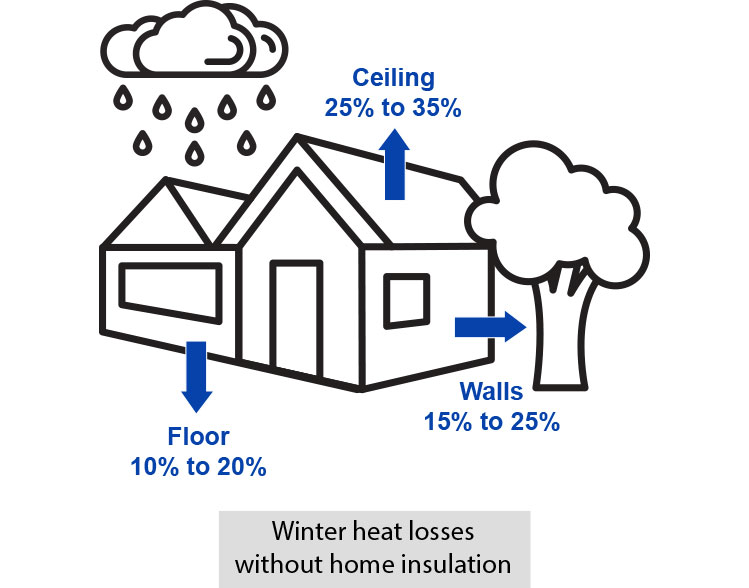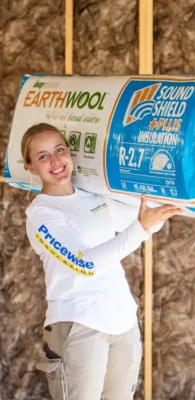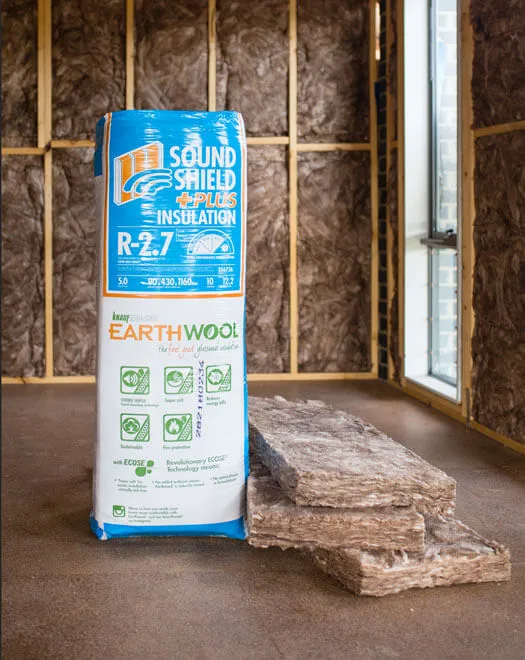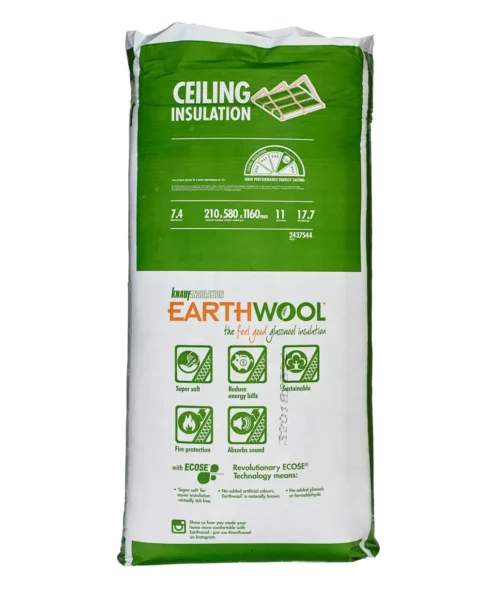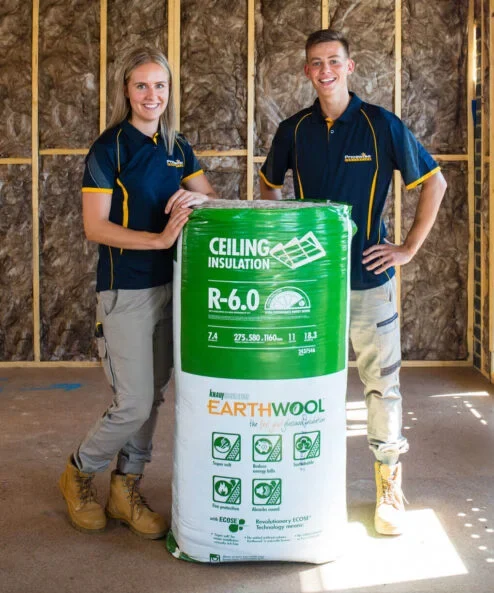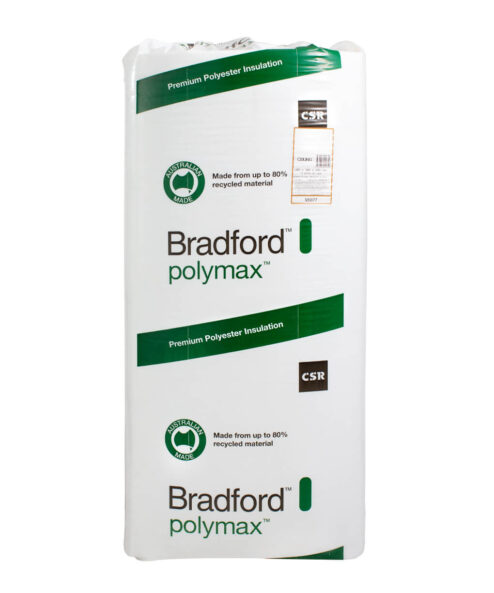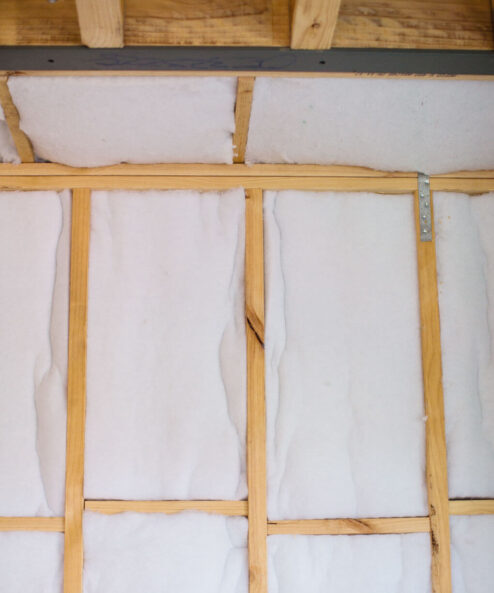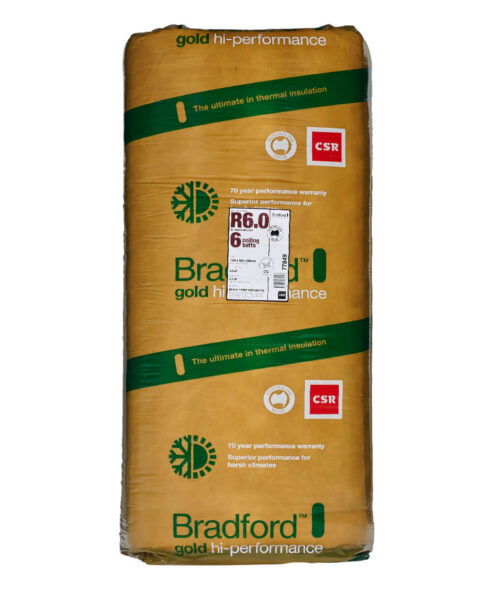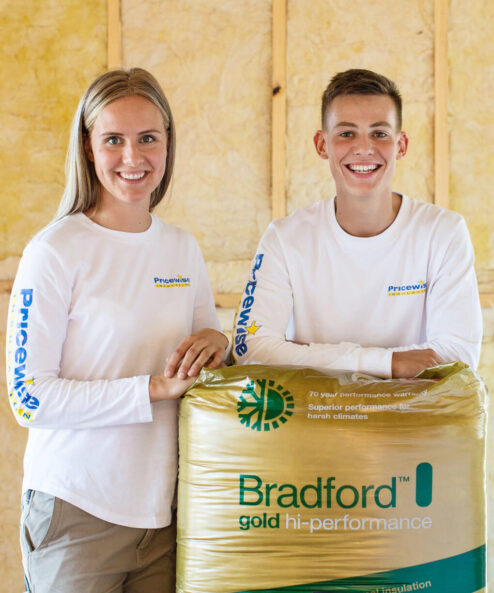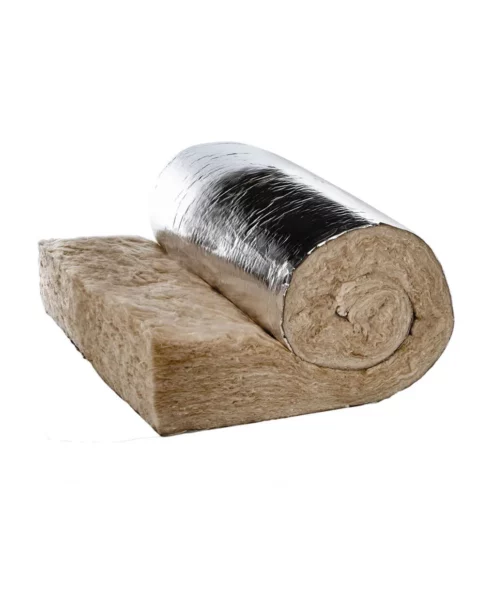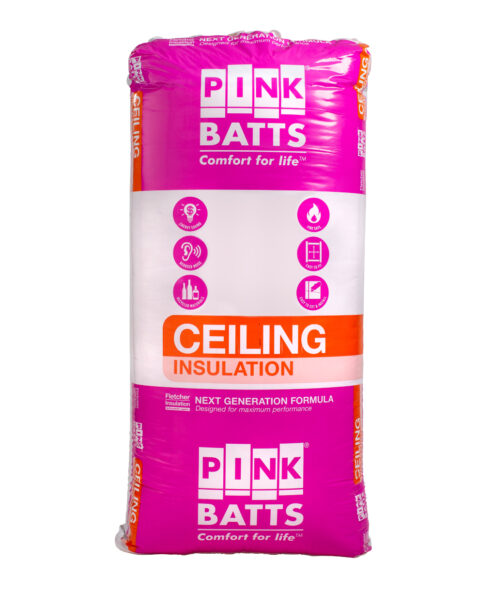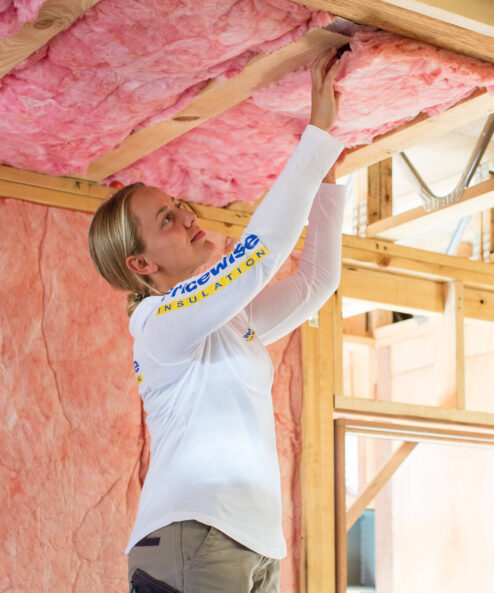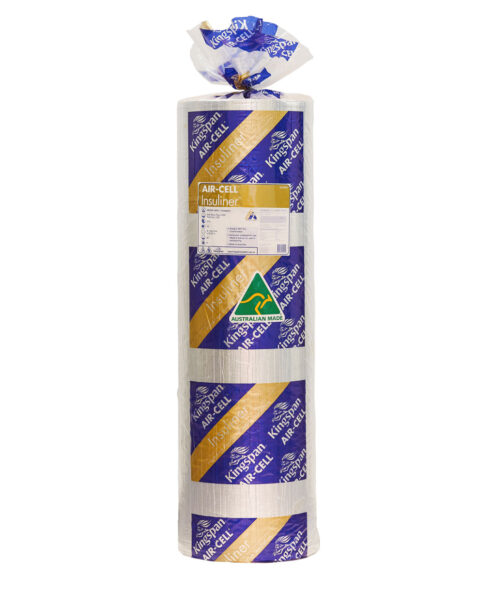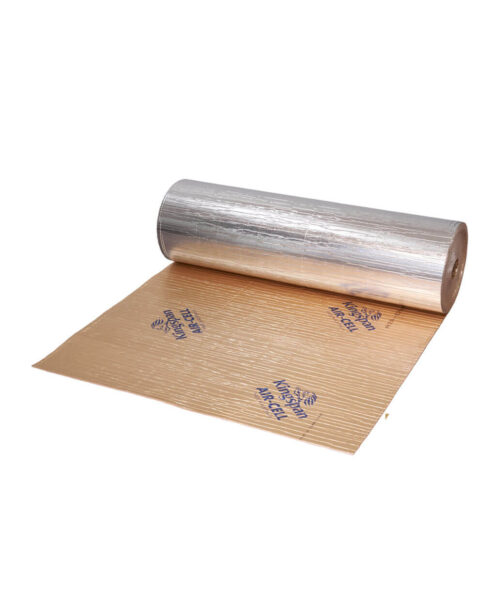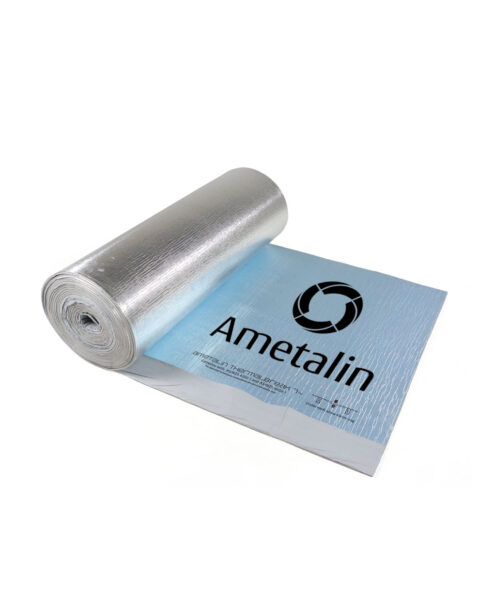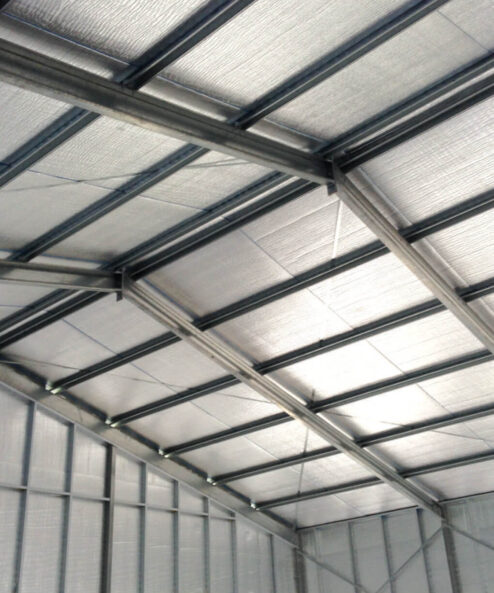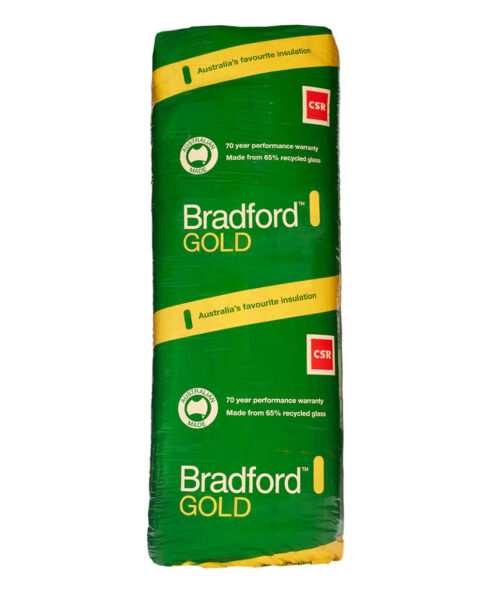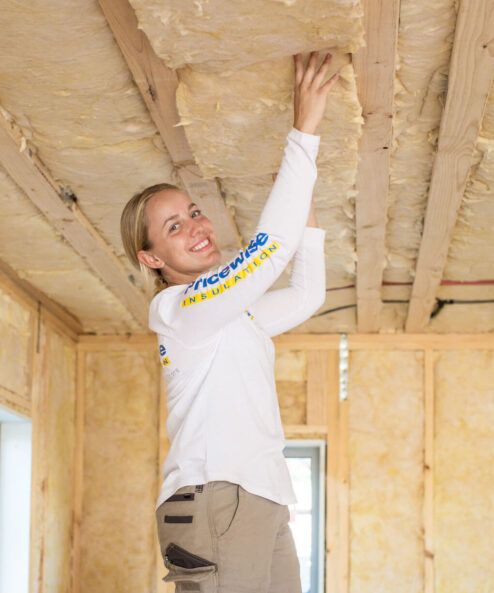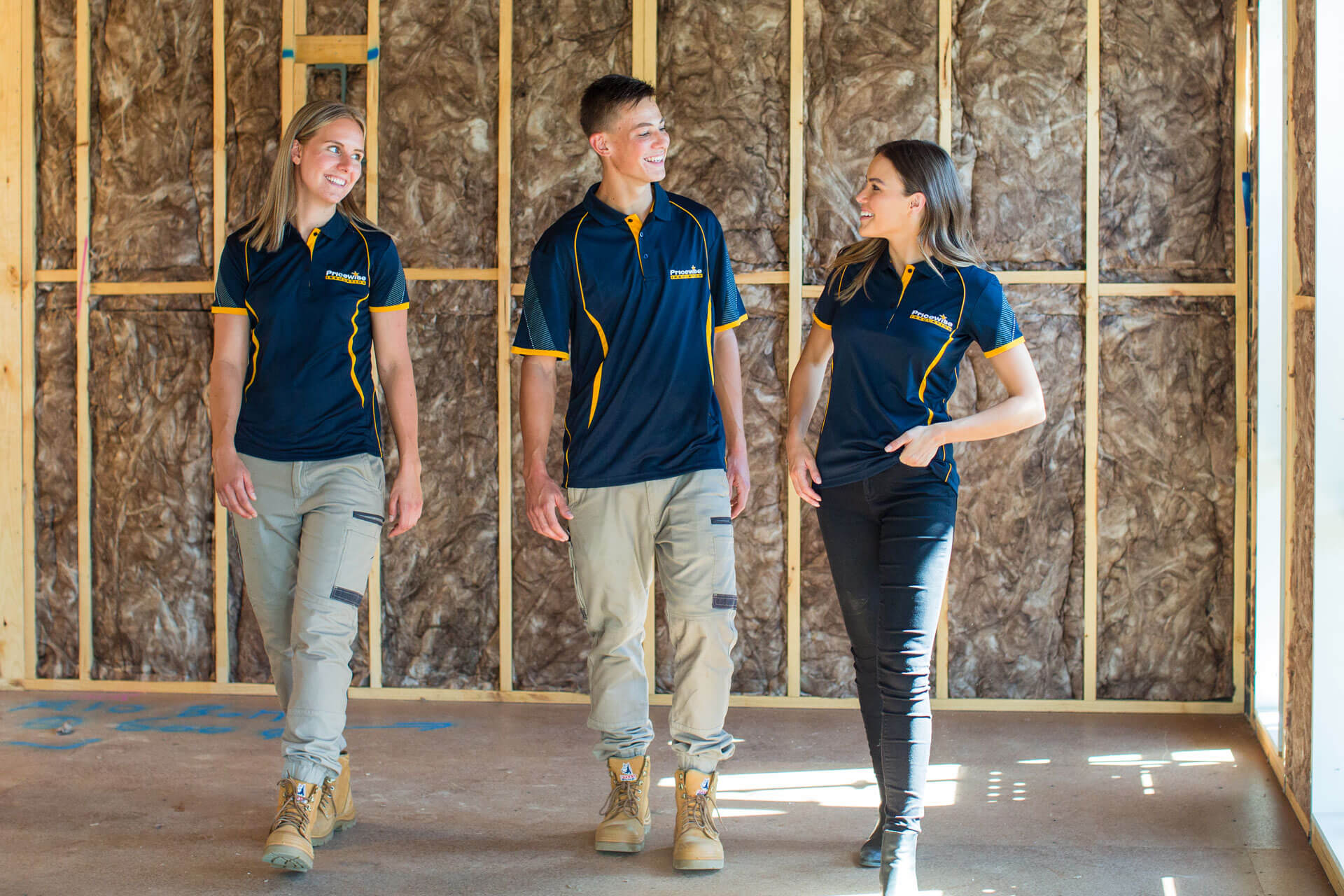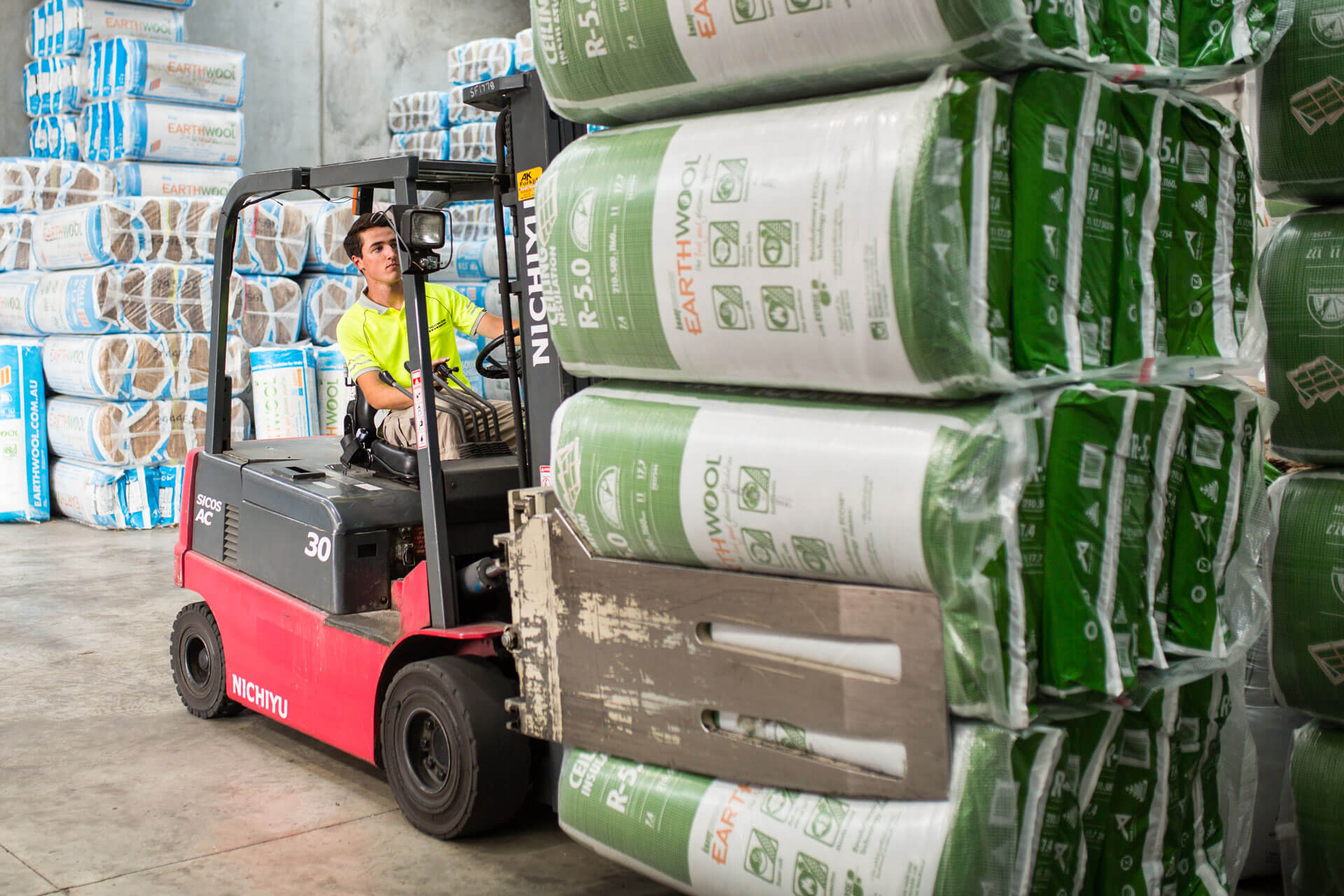Roof Insulation
Roof insulation helps to reduce energy consumption by preventing heat loss during winter and heat gains during summer. In new homes we recommend installing a combination of foil-faced roofing blanket and roof batts. If you live in an existing home, then consider installing another layer of roof insulation on top of the existing batts.
Why Install Roof Insulation?
• Save up to 45% on heating and cooling
• Reduce your energy use
• Reduce greenhouse gas emissions
• Rely less on heating and cooling systems
• Make your home more comfortable
Achieve the R-value You Want
Installing roof insulation is a perfect DIY project providing you follow some basic instructions. For example, compressing the insulation or leaving gaps between batts will make it difficult to achieve the R-value you want. We recommend installing a minimum of R4.0 ceiling insulation in your home. If you live in Melbourne or Sydney, then we recommend upgrading to R5.0 or R6.0 insulation.
Roof Insulation at Great Prices!
Pricewise Insulation stocks all the major residential roof brands including Knauf Earthwool, Pink Batts, Autex Greenstuf and Bradford Insulation. Our reputation is built on reliability and competitive pricing – check out our Google reviews here. Installing roof batts is one of the most important energy-saving investments you can make for your home or business. By reducing our energy consumption, we can contribute to a sustainable future and have a positive effect on the environment. Additionally, insulation can keep homes and building at a stable temperature, it can reduce rain noise, and alongside sarking can provide effective condensation control, thus preventing unseen mould growth, ceiling staining or permanent water damage.
When Should I Install Roof Insulation?
In new homes and buildings, roof batts should be installed before the roof is added. Installing insulation under roofing material can reduce radiant heat gain. In older houses, where insulation is more than 15 years old, the roof insulation may need to be topped up as gaps and drafts can develop over time. Topping up insulation ensures that your home can remain at a stable temperature all year round.
Roof Insulation
There are various insulation types, and most are fairly similar, though there are some distinct differences between the brands. The roof insulation cost will typically be saved back in energy savings over just a few days. The average ceiling insulation bag is 1.2 metres long and weighs between 8 and 18kgs. Typically, manholes are not much bigger than the bag itself, so loading the bags into the ceiling is almost always a two-person job. If the manhole is actually not big enough for an unopened bag to fit through, you may have to split the bags open and pass the batts one by one into the ceiling, which is very time consuming. Or you can load the bags through the roof, which will only work if the roof is tiled and comes with its own challenges, not least that you will have to secure yourself against risk of falls.Summer Heat Gains
The below diagram shows Summer heat gains in a home without insulation. Installing thermal insulation in the walls, ceilings and underfloor helps to keep the home cooler in hot weather and reduce the reliance on air-conditioning systems. Insulation is a good way to reduce your energy bills!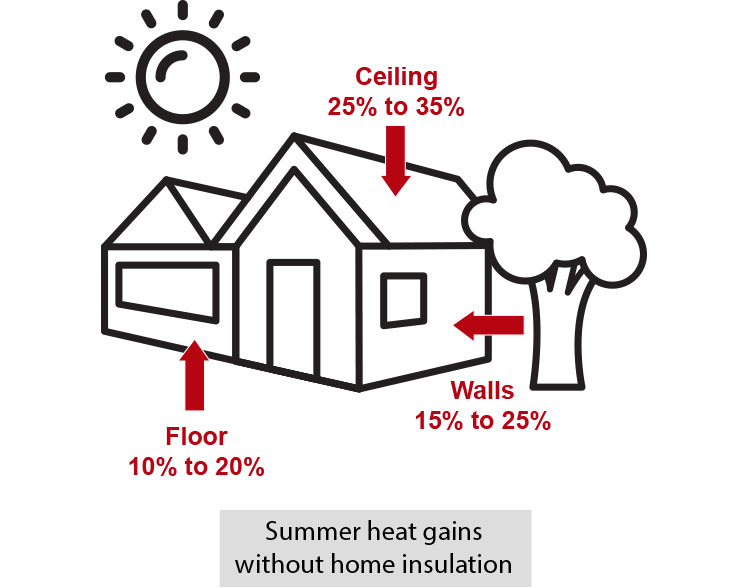
Winter Heat Losses
The below diagram shows Winter heat losses in a home without insulation in roof, walls or floor. Between 25% and 35% of heat is lost through the ceiling, higher than any other area of the home. A further 15% to 25% of heat is lost through the walls, leading to high heating bills.